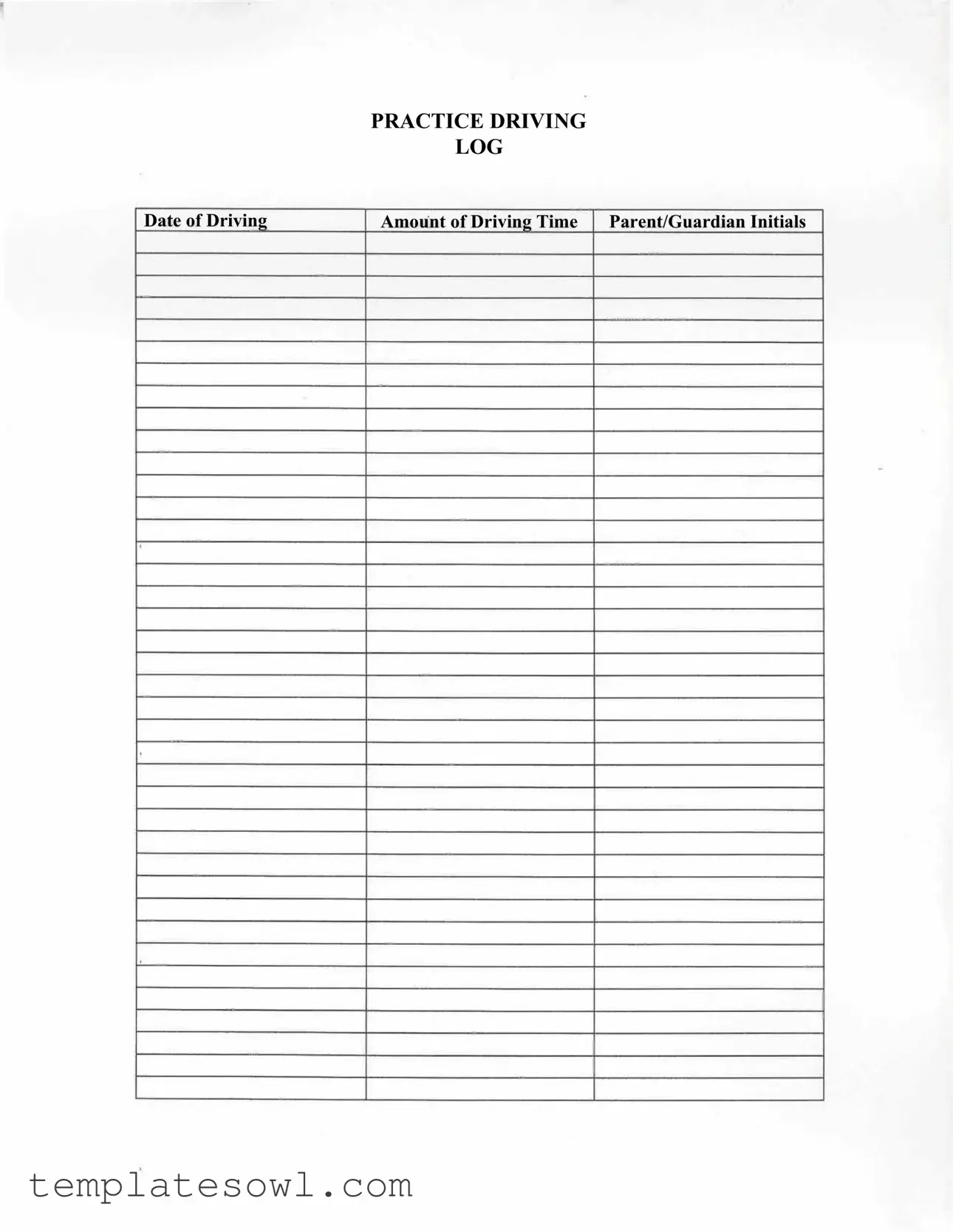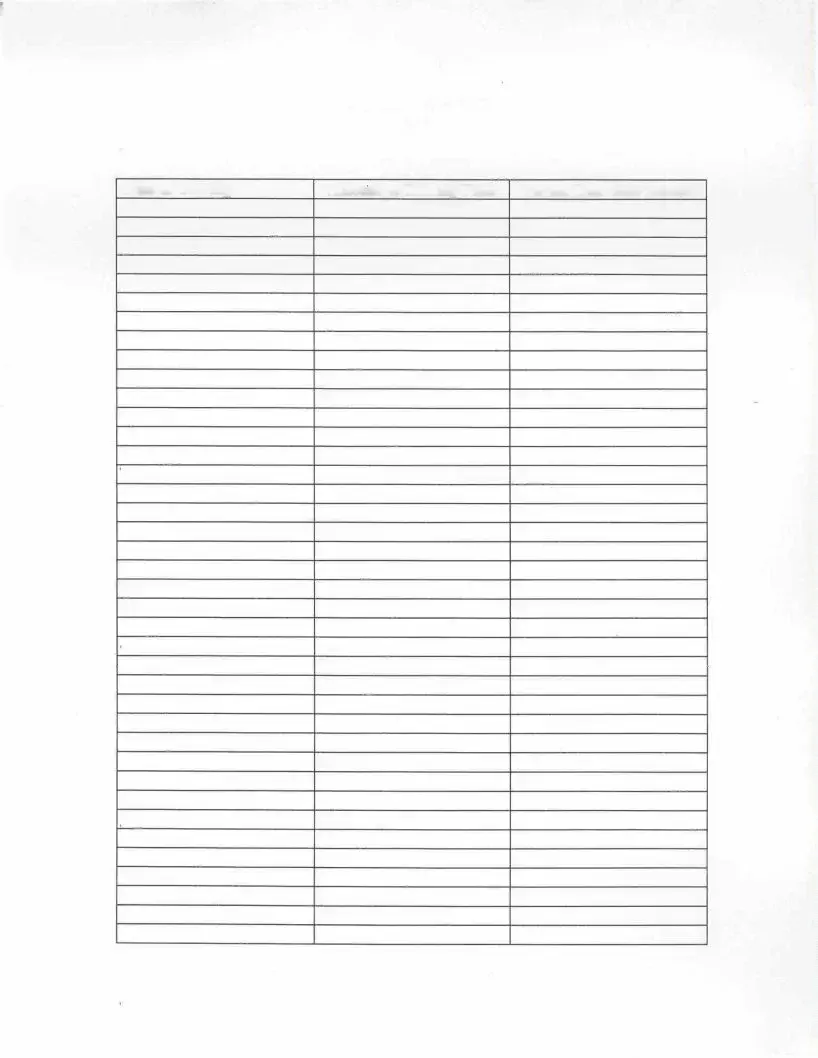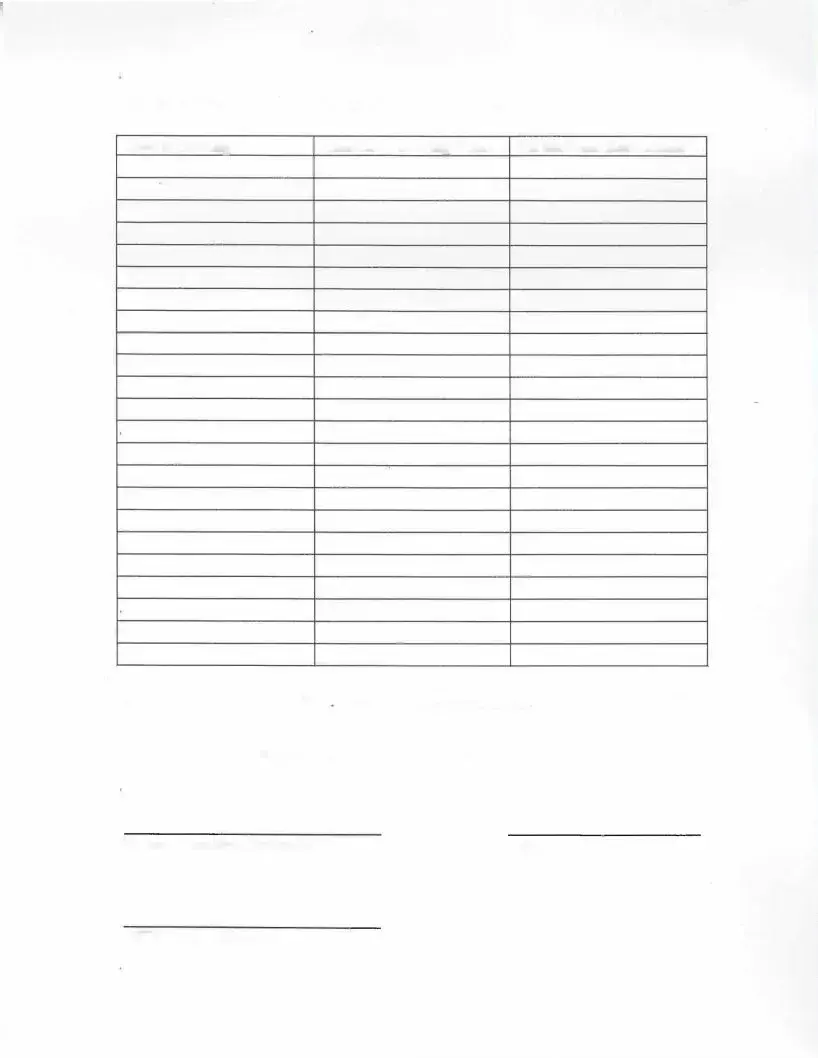What is a Driving Log form?
The Driving Log form is a document used to track the practice driving hours of a learner driver. It records the dates, duration of driving sessions, and the initials of a parent or guardian who supervises the practice. This log is essential for meeting the requirements needed to obtain a driver's license.
What information is required on the Driving Log form?
The form requires several key pieces of information. You need to enter the date of each driving session, the amount of driving time for each session, and the initials of the supervising parent or guardian for each instance. If night driving is included, it must be logged separately.
How many hours of supervised driving are needed?
A total of at least 60 hours of supervised driving is required, which must include at least 10 hours of night driving. This experience is necessary for meeting specific state requirements for new drivers.
Is parental or guardian supervision required?
Yes, a parent or guardian must supervise practice driving sessions. Their initials must be recorded in the Driving Log form to verify their involvement and approval of the learner's driving practice.
What is the significance of the night driving record?
The night driving record is particularly important because it demonstrates that the learner has experience driving in low-visibility conditions. Completing 10 hours of night driving is mandatory and shows that the driver is prepared for various driving scenarios.
What does signing the Driving Log form entail?
By signing the Driving Log form, a parent or guardian is attesting that the learner driver has completed the required 60 hours of supervised driving, including the necessary 10 hours of night driving. This signature acts as a formal verification of the driving experience logged on the form.
Who should keep the Driving Log form?
The Driving Log form should be kept by the learner driver and their parent or guardian. It is important to retain this document until the learner has completed all required driving hours and is ready to apply for a driver's license.


